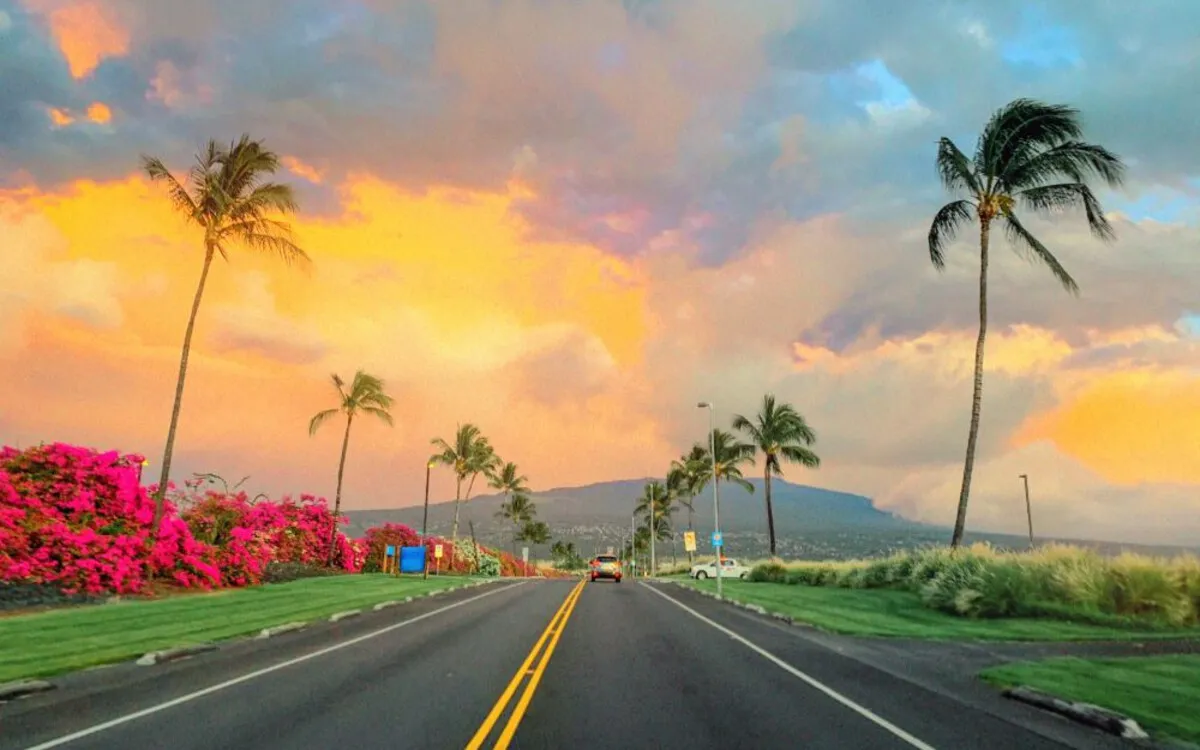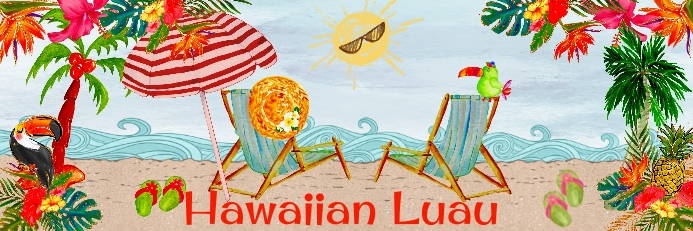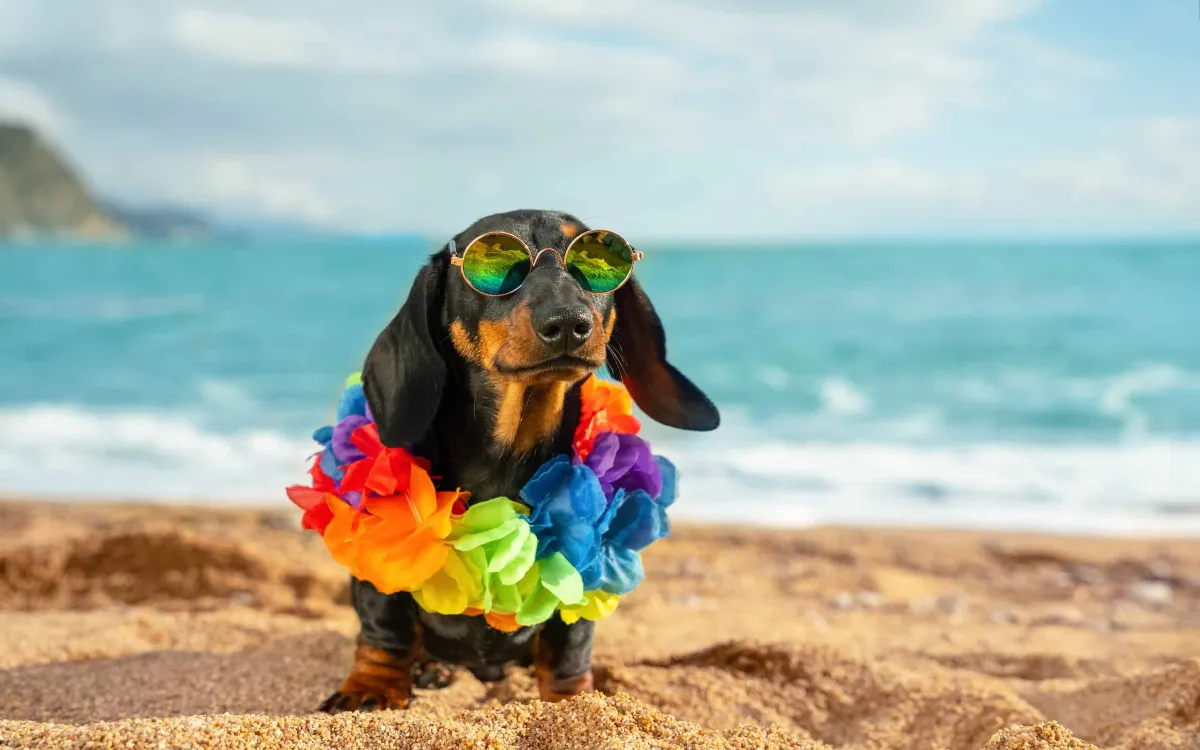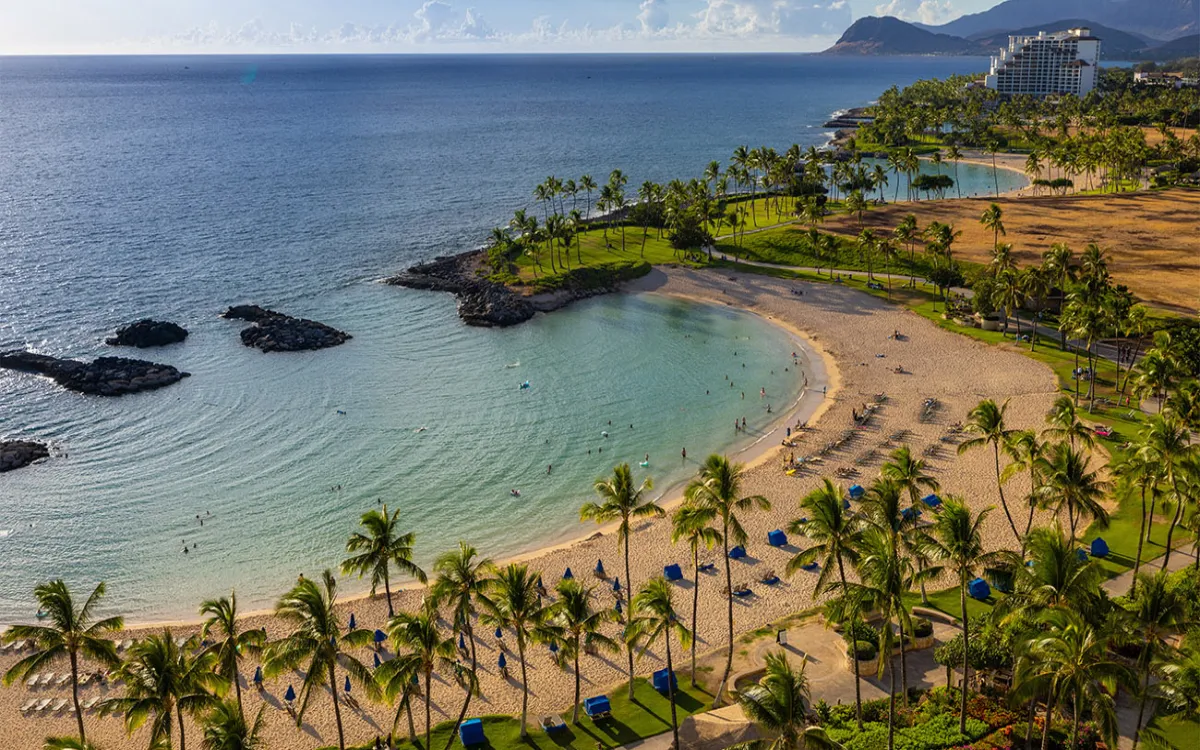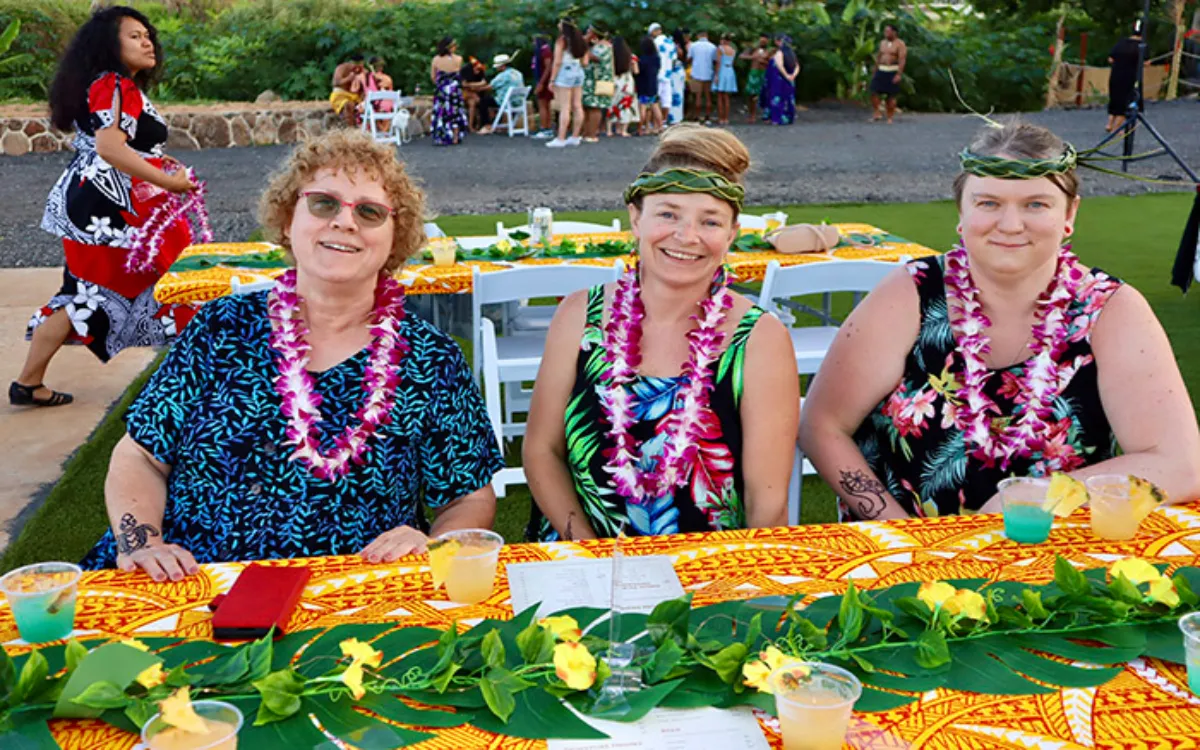Learn the key notes about pets in Hawaii so your trip with your furry friend becomes easier and more memorable.
Planning your first trip to Hawaiʻi? Before you pack your bags and book that flight, make sure you're equipped with the essentials that can turn a good vacation into an unforgettable one. From weather insights to cultural etiquette, here are 8 must-know tips to help you travel smarter, deeper, and more respectfully in the Aloha State.
1.Budgeting for Hawai'i.
Hawaiʻi is one of the most beautiful destinations in the world but it’s also one of the most expensive. Flights, accommodations, food, tours, and transportation can quickly add up. Planning your budget ahead of time helps you prioritize experiences (like a once-in-a-lifetime luau or snorkeling tour) without stress.
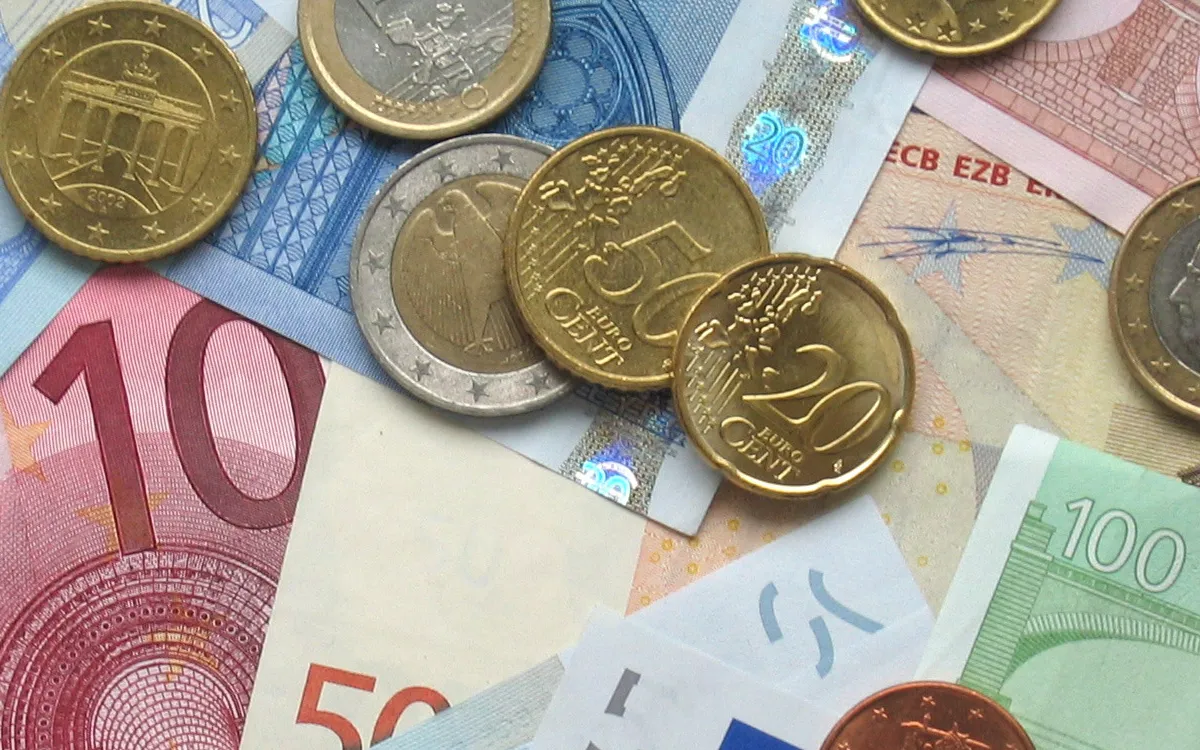
Planning your budget ahead of time
Here’s a general breakdown of minimum estimated costs per person for a 5- to 7-day trip:
Solo Traveler
- Round-trip flight: $500–$900 (from mainland U.S.)
- Accommodations: $150–$250/night (budget hotels or shared Airbnb)
- Food: $40–$60/day (mix of groceries, local eateries, occasional splurge)
- Transportation: $50–$100/day (car rental, gas, parking)
- Tours/Activities: $150–$300 total (at least 1–2 tours like snorkeling) ➤ Total estimated budget: $1,800–$2,800
Couples
- Shared accommodations reduce cost per person
- Ideal to budget for romantic experiences like sunset dinners or a premium luau ➤ Total estimated budget (for two): $3,200–$5,000
Families (2 adults, 2 kids)
- Family suites or vacation rentals can offer savings
- Kids under a certain age often get discounted or free admission at events like Mauka Warriors Luau
- Look for combo tours or passes with bundled activities ➤ Total estimated budget: $5,000–$7,500
- Tip: Book early, travel during shoulder seasons, and check for package deals. Some hotels near Kapolei offer combo deals that include cultural events or tour credits, making it easier to enjoy premium experiences like Mauka Warriors Luau without overextending your budget.
2. How Many Days in Hawaiʻi Is Enough?
One of the most common questions first-time visitors ask is: "How many days should I spend in Hawaiʻi?" While you could technically cram a trip into 3 or 4 days, most experts and seasoned travelers agree that 5 to 7 days is the sweet spot. Why? Because Hawaiʻi isn’t just about checking off landmarks, it’s about soaking in the rhythm of the islands, experiencing culture, exploring diverse landscapes, and giving yourself time to unwind.
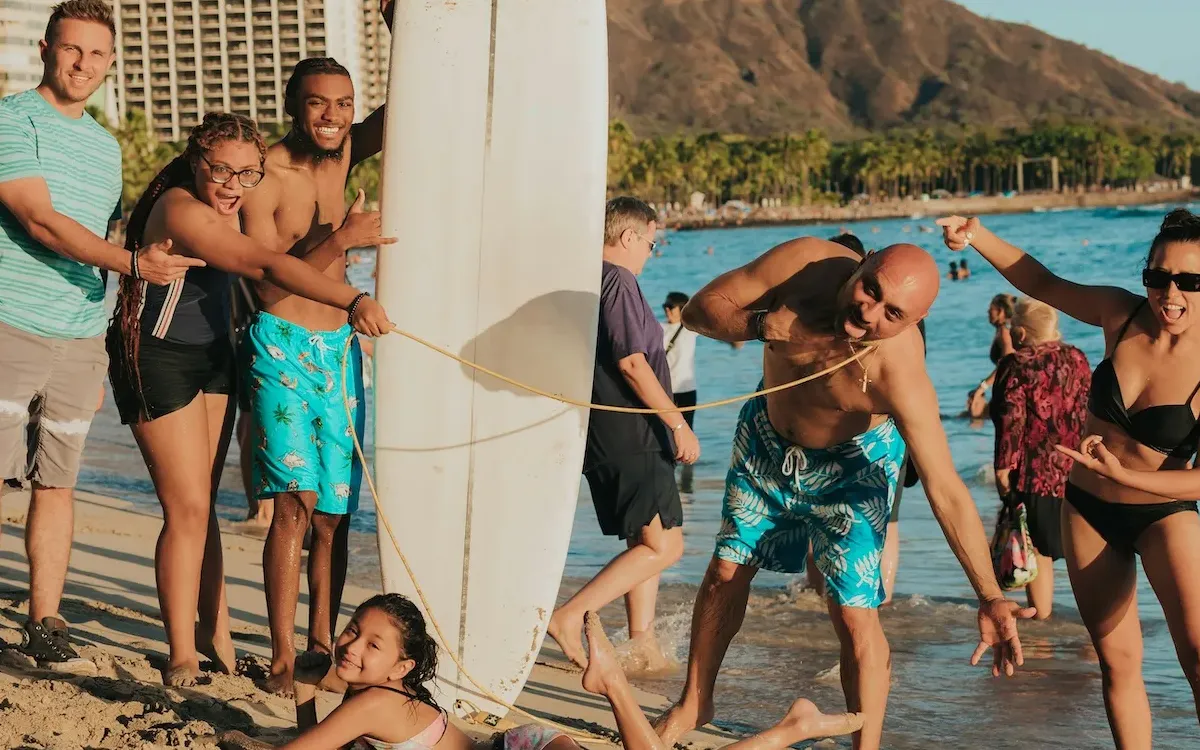
5-7 days is the ideal amount of time for a trip to Hawaii.
Why 5–7 Days is Ideal:
- Travel Time: It often takes 5–10 hours to fly to Hawaiʻi from the U.S. mainland. That eats into your energy and time.
- Jet Lag Recovery: The time difference (up to 6 hours behind the East Coast) means your body will need a day or two to adjust.
- Diverse Activities: You’ll want a balance of adventure (hikes, surfing, snorkeling) and relaxation (beaches, luaus, spa days). That takes time.
- Island Vibes: Hawaiʻi runs on a slower, more relaxed pace. If you rush, you’ll miss the essence.
Here’s a sample itinerary for Oʻahu, perfect for first-timers:
- Day 1: Arrive in Honolulu, relax on Waikīkī Beach, and enjoy a sunset dinner.
- Day 2: Hike Diamond Head, visit Pearl Harbor, and shop at Ala Moana.
- Day 3: Take a day trip to the North Shore, try garlic shrimp, watch surfers at Banzai Pipeline.
- Day 4: Beach-hop along the west coast, then attend the Mauka Warriors Luau in Kapolei for an unforgettable night of storytelling, fire dancing, and traditional Hawaiian food.
- Day 5: Snorkel at Hanauma Bay or kayak in Kailua, and explore the food scene downtown.
- Optional Day 6–7: Relax, take a surfing lesson, explore botanical gardens or waterfalls, or book a cultural or nature tour.
Each island offers different vibes, but for your first time, Oʻahu delivers the most variety from city life to nature, from history to modern luxuries. You’ll get a rich introduction to Hawaiian culture, while still enjoying easy logistics, world-class beaches, and vibrant food scenes.
3. Best Time to Visit Hawaiʻi: Timing is Everything
Hawaiʻi is beautiful year-round, but certain months offer the best balance of weather, prices, and fewer crowds. The ideal time to visit is April to early June and September to mid-November. These shoulder seasons provide pleasant weather, lower hotel rates, and more availability on tours and excursions.
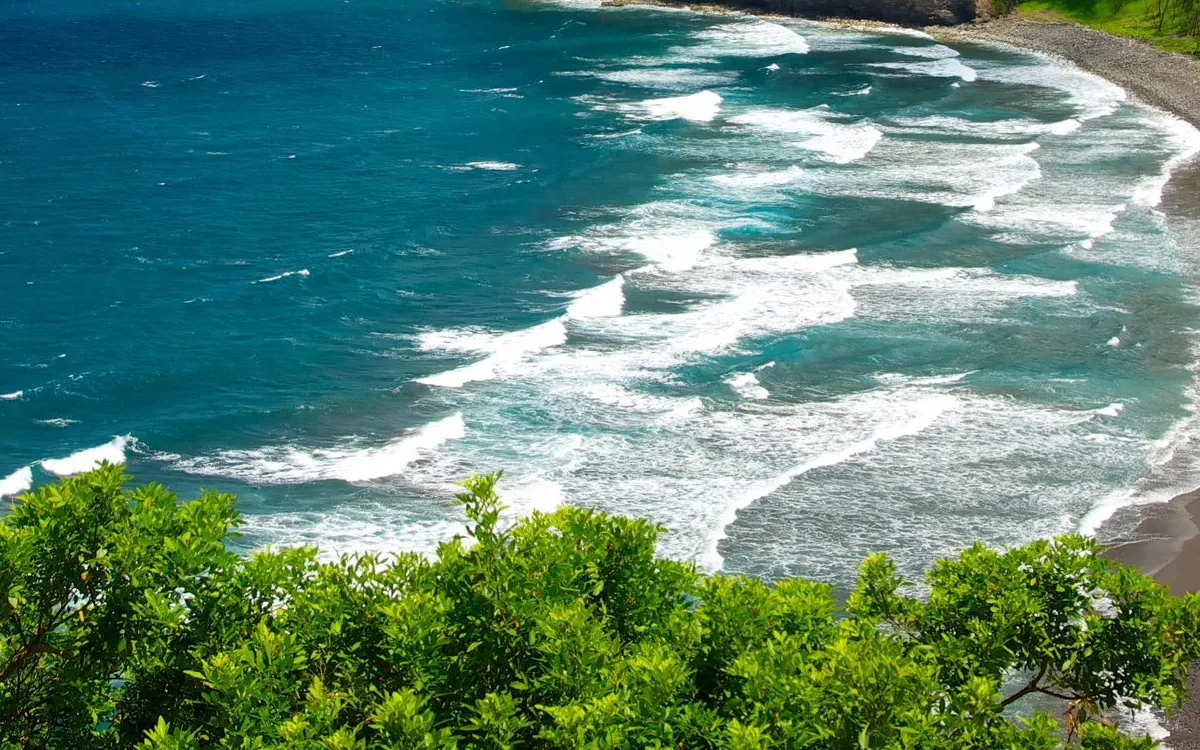
Hawaii in summer is very beautiful
Contrary to the mainland U.S., Hawaiʻi does not have four distinct seasons. Instead, it follows a tropical climate with two main seasons:
- Summer (Kau): May to October - Warmer and drier, with average temperatures between 85-90°F (29-32°C)
- Winter (Hooilo): November to April - Cooler and wetter, with temperatures around 78-83°F (25-28°C) and more frequent rain, especially in northern and windward areas.
If you’re into whale watching, come during the winter months (December to March). Surfers will also love winter, as North Shore swells reach their legendary heights. For calmer seas and ideal snorkeling conditions, summer is better, especially on the south and west shores. And if you're planning a cultural night out under the stars, summer evenings are perfect for attending events like the Mauka Warriors Luau, a must-see for anyone curious about authentic Hawaiian traditions.
4. Island Hopping Isn’t Always Easy
First-time travelers often assume they can easily visit multiple islands in one trip. While inter-island flights are available, they can be time-consuming and costly, especially with luggage and airport transfers. Each island is rich enough to fill an entire vacation. If it’s your first time, choose one island and explore it deeply.
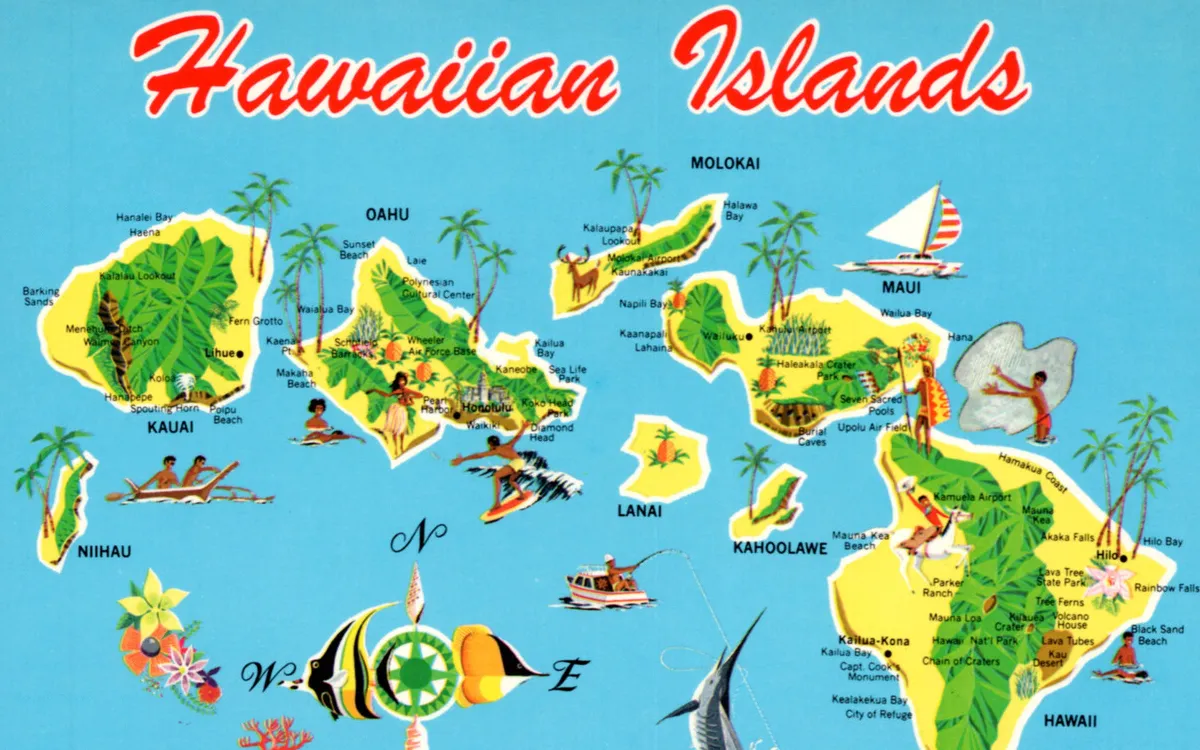 Choose an island for your first trip to Hawaii to maximize your experience.
Choose an island for your first trip to Hawaii to maximize your experience.
Oʻahu is often the top choice for first-time visitors and for good reason. It’s home to Honolulu, the bustling state capital, offering a dynamic blend of urban energy and natural beauty. You’ll find famous beaches like Waikīkī, the historic Pearl Harbor, lush hiking trails like Diamond Head, vibrant shopping districts, and a wide range of dining options. There’s also an emerging scene of authentic cultural experiences on the west side, including the heartfelt and immersive Mauka Warriors Luau, which brings Hawaiian stories to life under the stars.
Compared to the quieter vibes of Kauaʻi (known for its lush greenery and dramatic cliffs), the volcanic landscapes of the Big Island, or the upscale resorts and natural beauty of Maui, Oʻahu offers the most diverse range of activities in one compact area. It’s the perfect “sampler” island where you can hike a ridge at sunrise, relax on a beach by noon, dive into history in the afternoon, and cap the night with a soulful luau experience.
5. Respect the ʻĀina (Land) and Local Culture
Hawaiʻi is more than a vacation spot, it’s a living culture. The land (ʻāina) is considered sacred, and locals have a deep spiritual and historical connection to it. Stick to marked trails, don’t take lava rocks or sand, and always clean your shoes before hiking to prevent invasive species. If you visit a heiau (Hawaiian temple), be quiet and respectful.
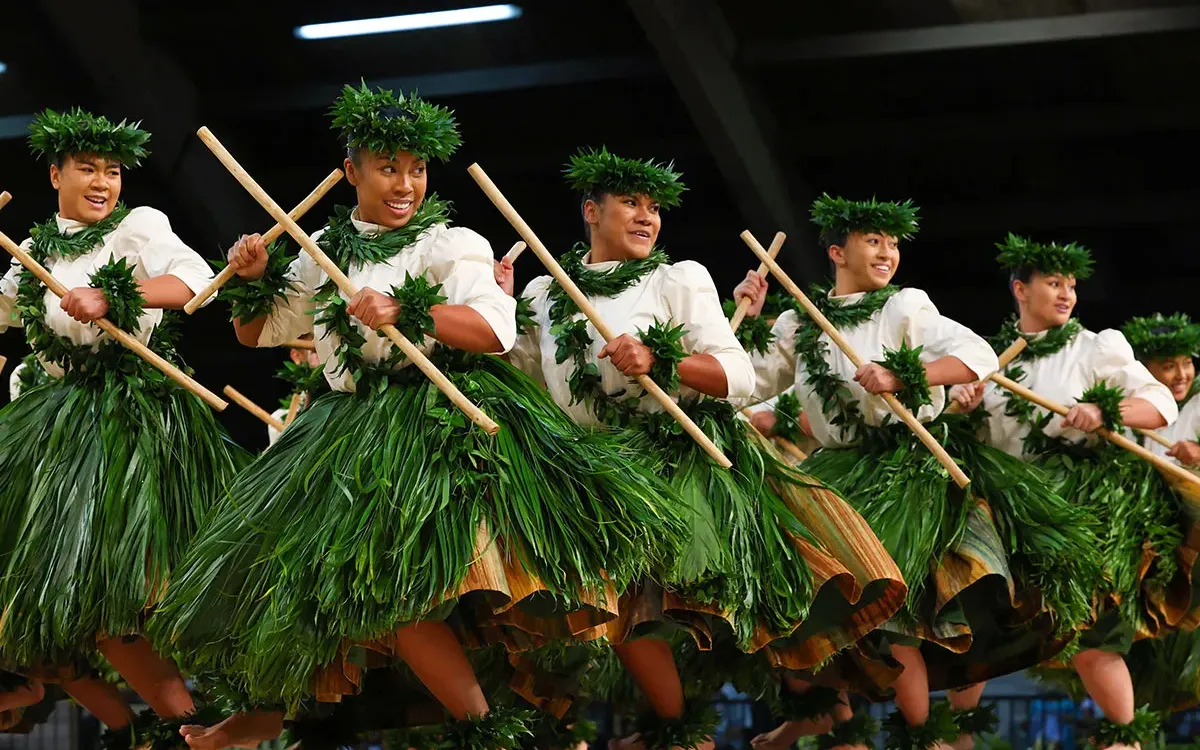
Polynesian culture and Aloha spirit in Hawaii
Equally important, there are certain behaviors that are considered rude or disrespectful in Hawaiian communities. Do not enter private property or trespass on sacred cultural sites even for a photo. Avoid loud or disruptive behavior in natural or spiritual places. Never honk your horn unless absolutely necessary, it’s seen as aggressive here. And never refer to Hawaiian culture as just “a performance”, it’s a living identity, not just entertainment.
Learning a few Hawaiian words like “Aloha” (hello, love) or “Mahalo” (thank you) goes a long way. Showing respect in your words, gestures, and curiosity makes a deep impact.
Participating in cultural activities like traditional luaus or hula performances especially those rooted in authenticity like Mauka Warriors Luau is a great way to show respect and deepen your understanding of the culture. There, you're not just a spectator, but a welcomed guest invited into the heart of Hawaiian tradition.
6. Renting a Car? Book Early—and Choose Wisely
Many parts of Hawaiʻi, especially on the Big Island, Maui, and Kauaʻi, require a car to get around conveniently. Public transportation is limited, and rideshares can get expensive in rural areas. If you plan to rent, book early, cars often sell out during peak seasons, and last-minute rentals can cost a fortune.
Choose your vehicle based on your destination. For mountainous areas or scenic drives like Maui’s Road to Hana or the steep inclines of Kauaʻi, opt for an SUV or a vehicle with good ground clearance. In contrast, Oʻahu’s roads are well-paved and urbanized, so a compact car works just fine and saves on fuel and parking costs. Avoid flashy sports cars or convertibles unless you’re sure they can handle the terrain where you’re headed. Gas stations can be far apart in remote areas, so always top off before a long drive.
Here’s a quick guide to help you match your island to your ride:
- Oʻahu: Compact car or hybrid. Good roads, urban infrastructure, and short driving distances. Parking in Honolulu can be tight.
- Maui: SUV or midsize vehicle. The road to Hana has narrow turns and cliffs; the SUV adds comfort and clearance.
- Kauaʻi: SUV or 4WD if exploring the north shore or Waimea Canyon. Rain can make roads slippery.
- Big Island (Hawaiʻi Island): SUV or 4WD strongly recommended, especially if visiting Mauna Kea, Volcanoes National Park, or Saddle Road. Distances are long, this is the largest island.
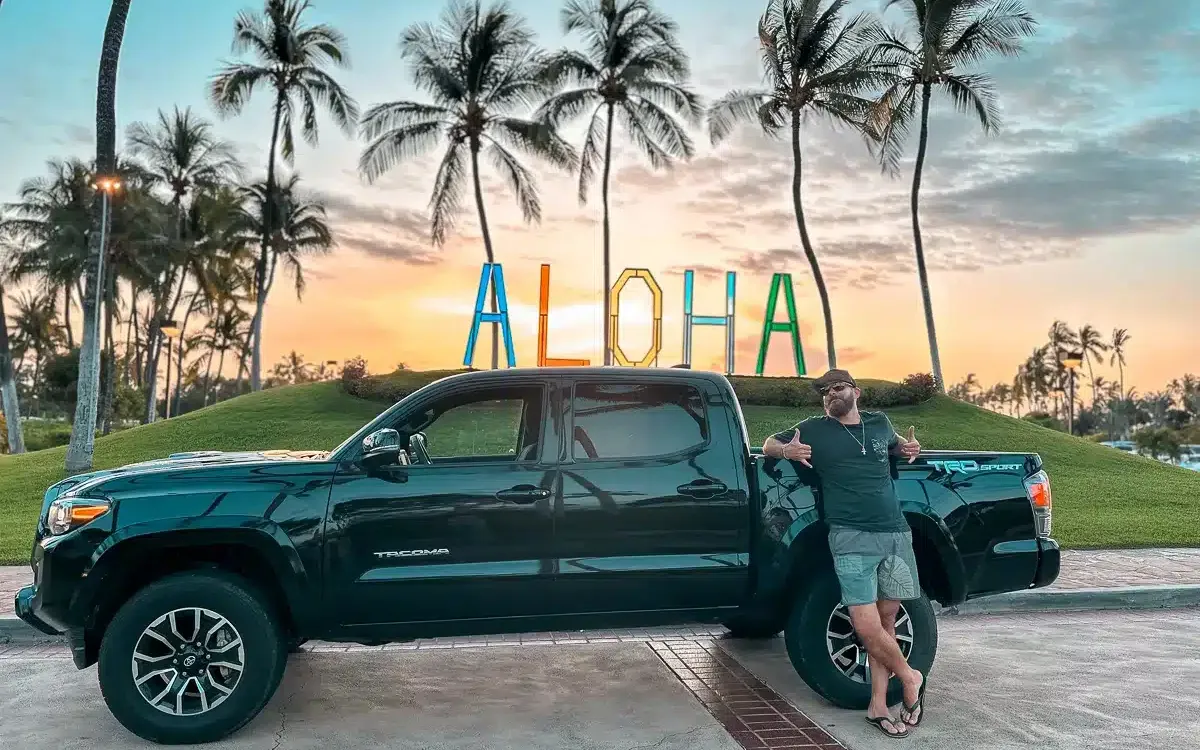
Choosing the right vehicle is also an important part.
For eco-conscious travelers or short-distance explorers, bike rentals are available in places like Honolulu and Kailua. It’s a great way to experience the island at a slower pace. However, keep in mind that many areas especially rural parts of Oʻahu’s west sid aren’t bike-friendly due to limited bike lanes and longer distances.
If you're staying in areas like Kapolei to attend immersive events like Mauka Warriors Luau, having your own vehicle ensures you can arrive on time, explore surrounding beaches during the day, and return safely after an unforgettable night under the stars.
For a trusted and reliable local car rental experience, consider booking directly through RioCar Hawai'i . They offer a wide range of vehicles suited to different terrains and travel styles and their customer service is known for being top-notch.
7. Reef-Safe Sunscreen is Required
As of 2021, Hawaiʻi banned the sale of sunscreens containing oxybenzone and octinoxate, which harm coral reefs. These chemicals not only damage fragile marine ecosystems, but also affect fish and coral larvae. If you're snorkeling, swimming, or simply lounging on the beach, what you put on your skin eventually ends up in the ocean.
To protect Hawaiʻi’s marine life, bring or buy reef-safe sunscreen made with non-nano zinc oxide or titanium dioxide, these minerals physically block UV rays without dissolving into the water. Look for brands specifically labeled “reef-safe” and avoid spray-on types that can drift into the sand and water. Some popular and approved brands include Raw Elements, Thinksport, Kokua Sun Care, and All Good.

Protect the environment by choosing the right sunscreen
Is sunscreen necessary in Hawaiʻi? Absolutely. Even on overcast days, the UV index remains high due to the islands' tropical latitude. Sunburn can happen fast—especially near the water where sunlight reflects off surfaces. Apply sunscreen 15 minutes before sun exposure and reapply every 2 hours, especially after swimming.
In addition to sunscreen, consider packing:
A wide-brimmed hat and UPF-rated clothing for added protection.
Aloe vera gel or after-sun lotion just in case.
Anti-itch cream or antihistamines for bug bites or mild allergic reactions.
Insect repellent, especially for hikes in rainforest areas or during evenings near standing water.
8. Tipping is Expected
Like the mainland U.S., tipping is part of service culture in Hawaiʻi. Plan to tip 15–20% at restaurants, $1–2 per bag for hotel porters, and 10–15% for tour guides. Many service workers rely on tips to make a living, so your generosity matters.
Ultimate Hawaiʻi Packing Checklist for First-Time Travelers
To make your trip smoother, here’s a comprehensive packing checklist that covers everything from sun safety to cultural courtesy:
- Essential Documents & Travel Gear
Valid photo ID or passport
Travel insurance documents
Copies of reservations and activity confirmations (digital & printed)
Reusable water bottle
Daypack or small hiking backpack
Lightweight luggage or rolling duffel
- Clothing & Footwear
Light, breathable clothing (cotton or linen)
Swimsuits (bring at least 2)
Rash guard for sun protection while swimming
Lightweight rain jacket or windbreaker
Hiking shoes or trail sandals
Flip flops or water-resistant sandals
Dressy casual outfit (for luaus or fine dining)
Sleepwear and undergarments
UPF-rated clothing for sun protection
- Sun & Skin Protection
Reef-safe sunscreen (non-nano zinc oxide or titanium dioxide only)
Wide-brimmed hat
Sunglasses with UV protection
Aloe vera or after-sun lotion
Lip balm with SPF
- Health & Hygiene
Insect repellent (especially for hiking or evenings)
Antihistamines or allergy medication
Motion sickness bands or pills (if taking boat tours)
Personal medications (in original packaging)
First aid kit (band-aids, antiseptic, tweezers)
Hand sanitizer & disinfectant wipes
Toothbrush, toothpaste, deodorant, etc.
- Beach & Adventure Gear
Snorkel gear (optional, some rentals available)
Dry bag for water activities
Quick-dry towel
Waterproof phone case
Lightweight travel hammock or mat for lounging
- Tech & Accessories
Phone & charger (plus backup battery)
Waterproof camera or GoPro
Universal power adapter (if international)
Binoculars (for whale watching or scenic views)
- Extras That Make a Difference
Collapsible cooler for beach days or road trips
Reusable shopping bag
Travel journal or guidebook
Hawaiian phrasebook or downloaded language app
Having these items ready means you’ll be well-prepared whether you’re lounging in Waikīkī, hiking up Diamond Head, or joining an unforgettable cultural celebration. Each item has a purpose—helping you stay comfortable, respectful, and fully immersed in the island experience.

